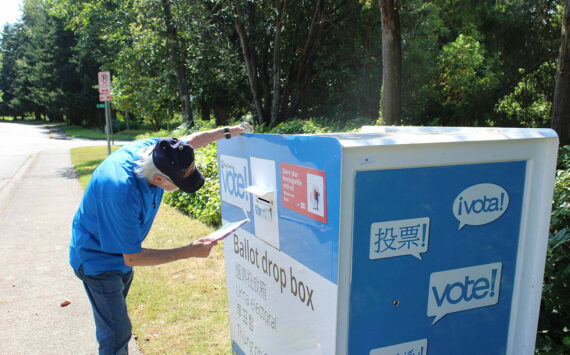Washingtons seasonally adjusted unemployment rate rose one-tenth of a percentage point to 6.8 percent in February, Employment Security Commissioner Slyvia P. Mundy announced Tuesday.
The nations seasonally adjusted unemployment rate also increased by one-tenth of a percentage point to 5.8 percent. Washingtons non-adjusted unemploy-ment rate held constant at 7.5 percent.
Washingtons non-adjusted, nonagri-cultural wage and salary employment grew by 2,300 in February, an increase of less that 0.1 percent. This small increase is another indication of the sideways movement in the labor market, with little significant change in the overall employment and unemployment numbers.
Over-the-month growth occurred in wholesale trade (+300), information (+800), financial activities (+200), professional and business services (+2,000), education and health services (+2,700), leisure and hospitality (+800) and government (+4,200). None of the increases were especially large or unusual for this time of year. Some were due to accounting related firms as businesses prepare their income taxes, while others were due to increases in security services. There were normal up-ticks in both private and public education as winter break ended and an additional increase in local government due to poll workers needed for local elections.
Over-the-month declines occurred in construction (-200), manufacturing (-2,100), retail trade (-5,900), and transportation, warehousing and utilities (-600). Declines in retail trade occurred in general merchandise and clothing and clothing accessory stores. The weak retail trade sector, which was mirrored on the national level, was partly a reflection of consumer jitters as war with Iraq neared and was accompanied by a sharp drop in consumer confidence in February.
Washingtons year-over-year change in nonagricultural employment was up 11,800 from February 2002. This increase occurred despite a loss of 19,500 jobs in manufacturing.
Over half of the decline in manufacturing was in aerospace products and parts manufacturing.
Other sectors down from last year include retail trade (-800), transportation, warehousing and utilities (-1,000) and information (-600). Advancing sectors were financial activities (+3,400), professional and business services (+3,800), education and health services (+8,000), leisure and hospitality (+3,700) and government (+10,700). Specific gainers over the year were credit and related activities, which include mortgage and loan brokerage and check cashing services (+2,300), employment services (+2,800), and most sectors of education and health services. The increase in government was due almost entirely to federal (+2,100) and to local (+8,300) government.




